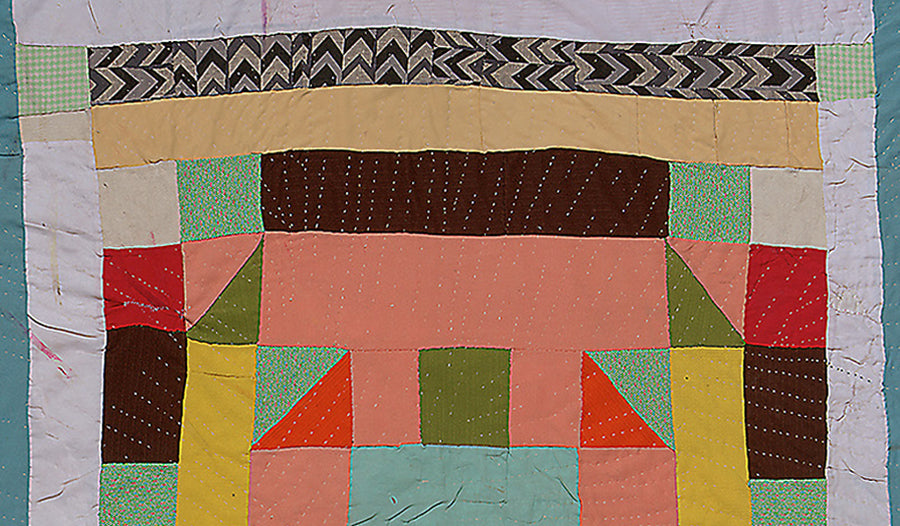
Gee's Bend Quilters

Image: Sadie Bell Nelson, Center medallion—"Monkey Wrench" single-block variation, c. 1965. Synthetic knits, 78 x 64 inches. Photo: Stephen Pitkin/Pitkin Studio. Collection of Souls Grown Deep Foundation
Style evolves in many ways; as a hybrid, a mix of sensibilities and experiences and under the influence of teachers and books. In isolated communities, however, traditions can breeze along for generations undisturbed by the cross-pollination of modern life. Resembling an inland island, surrounded on three sides by the Alabama River, Gee’s Bend, Alabama, is one such pocket of purity. The Gee’s Bend tradition of quilting stands out due to the staggering number of talented quilters and their prodigious output—over 10,000 quilts in a century, from a community of 700—and the creations of the Gee’s Bend women constitute a crucial chapter in the history of American art.

Image: Leola Pettway, Texas Star, 1984. Cotton and polyester, 98 x 83 inches. Collection of Souls Grown Deep Foundation. Photo: Stephen Pitkin/Pitkin Studio
Most of the quilts can be called improvisational or "my way" quilts. This philosophy of improvisation permeates African American life, not only in quilting, but also in music, dance, speech, dress, and every type of personal artistic expression - there is a justified pride in self-reliance. When Gee’s Bend quilters followed patterns, they were simple ones. ‘String quilts’ involved creating strips by adding on pieces at will and then sewing the strips together – somewhat like the African fabric tradition of sewing together colourful narrow woven strips. ‘Log Cabin’ is a popular pattern which emerged during or just after the civil war and is said to evoke the warmth of hearth and home. Created around a central block called the ‘chimney’, squares were built by overlapping ‘logs’ or strips of fabric. ‘Housetop’, a relative of Log Cabin, was the name given to any quilt dominated by concentric squares.

Image: Ruth Pettway Mosely, Nine Patch, c. 1955. Cotton and corduroy, 93 x 77 inches. This is one of ten Gee's Bend quilts to appear on a U.S. postage stamp in 2006. Photo: Stephen Pitkin/Pitkin Studio. Collection of Souls Grown Deep Foundation.
But patterns provided only a general idea on which a quilter improvised freely. Ideas were borrowed and personalised. Preconceived notions of design, neat edges, colour combinations and patterns did not hamper young girls learning the rudiments of quilting. Instead, they might simply be given a pile of cloth and told to ‘make a quilt.’ Mensie Lee Pettway remembers being taught that there were endless ways to do this. ‘Ought not two quilts ever be the same’, was the only restriction. Quilters in Gee’s Bend didn’t hesitate to deviate from the expected.
We featured Gee's Bend in our very first issue, 00 Launch, which is available in both digital & print.
Souls Grown Deep Foundation & Community Partnership are dedicated to promoting the work of African American artists from the South. Read more about the quilters of Gee’s Bend on their website.
